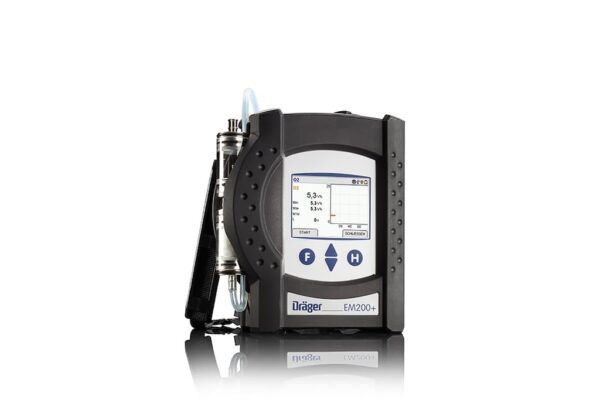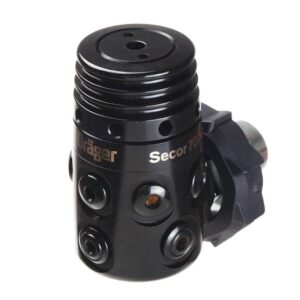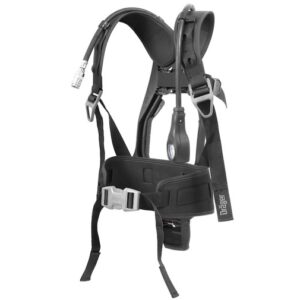Benefit
Integrated operating instructions
The integrated operating instructions provide answers to questions concerning the device’s operation, these come in the form of instructions, suggested solutions and additional information.
Service and maintenance work
In addition to maintenance and service work on gas, oil and solid fuel furnaces, the Dräger EM200plus also performs TÜV-certified averaging measurement. The multifunction jack allows for flexible use.
Use to connect peripheral devices, e.g. the Dual Smart BC-Interface for reading digital burner controllers.
Shock and impact proof housing
The device features a shock and impact resistant housing which is reliable, even in rough conditions.
Inspection of boilers and furnaces
The Dräger EM200plus can optionally be equipped with heating check and the 4 Pa measurement tested for suitability.
Color touch screen with swipe function
The Dräger EM200plus features a high-resolution colour touch screen. This enables particularly easy menu navigation and quick and efficient use. The swipe function allows you to slide back and forth between the individual screens, even whilst measuring. Tapping a measurement shows the measurement trend in a chart.
Wide range of documentation options
The professional equipment also includes easy handling for optimal measurement and customer data management with import and export functions. Measurements can be saved and transferred to a PC or documented on site via infrared printer. Data is linked with customer or system data and output to measurement protocols with company logo and address.
Optional Dräger EM200plus-f for measuring solid fuels
Changes in the ember during solid fuel combustion cause fluctuations in the flue temperature and flue composition. These fluctuations must be compensated to ensure reproducible measurements. Average are therefore calculated over 15 minutes when measuring flue gas for solid fuels. In addition, the flue gas loss calculation is corrected for moisture.
Optional Dräger EM200plus-i for measuring gas velocities
Since the gas velocity in the stack often varies throughout a cross section, measurements must often be taken at different points in the cross-section. The flow velocity can be determined from up to 60 individual measurements.




